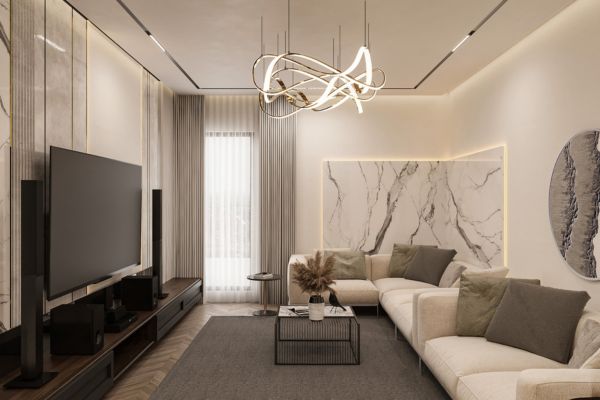It is almost impossible to get a wireless device in the tech-realm; the ideology in itself is a romanticized notion. Peep underneath any workspace, and you’ll undoubtedly find cables upon cables, crossed and intertwined amongst themselves. Computers with various USB cables, printers, displays, keyboards, monitors, compact TVs, TVs, iPods, webcams, mobile phones and, of course, wireless routers all have their tails locked in-between each other.
This disorderliness is not isolated to computers alone; visual and audio set up is equally scary, if not worse. A Television, a laptop, a DVD player, a gaming console and a speaker cluster will require wires so bunched up, figuring out what is attached to what could take almost 20 minutes!
You might not think messy wiring is that big of a deal. If no, feel free to leave your wires as they intertwine in their visually unappealing way, packing dust. If so, a little effort in wire control will improve your setup’s look also making switching or adding equipment a breeze.
Get Cord-inated
Repackaging wires together and keeping them out of the way might seem like a fast fix, but without careful thought, you’re only extending the previous mess. Better still, start the cycle anew and unplug all, then set the cables to your device (e.g. wires to Monitor).
If you’re building up the setup from the ground up, consider buying colorful wires from wholesale manufacturers. Color-coding each part of your cables gives a simple visual guide to the links. Velcro cable wraps add an additional element of organization.
You also get a great chance to plan a good organization for the office. When external USB devices are connected directly to the machine, a USB hub enables shifting specific gadgets to another area of the room. You may either join the devices with their wires or switch the wires for shorter ones. If you’re still using a wired mouse or keyboard, begin looking for cordless options.
Separate the Power Links
Split wires to bundles of three or six. Having too many on one side raises a struggle any time you need to make a switch. Few wires come insulated, it’s best not to open signal cables to unwanted electromagnetic disturbance.
Pick up slacks in the length of your wires using ties— but allow a couple of inches play to the things you plan to place on your worktop. Do not overtighten when using links, because excess strain spoils soft jacket cable. Sometimes, making the twist too tight can make it hard untangle later on. Attach the wires to your desk with the ties; allow the cords to dangle loosely puts excessive strain on the jacks to which they are connected. Finally, label your wires with a pen and masking tape.
Finish It with Finesse
The wires moved less often, like a speaker’s, may be installed with a mesh sleeve pack or a split loom (they even come with colors).
A power strip provides organizational sophistication. Choose a standard, color-coded, with room for multiple adapters. Keep it above the ground, screwing it to the back of your shelf.


